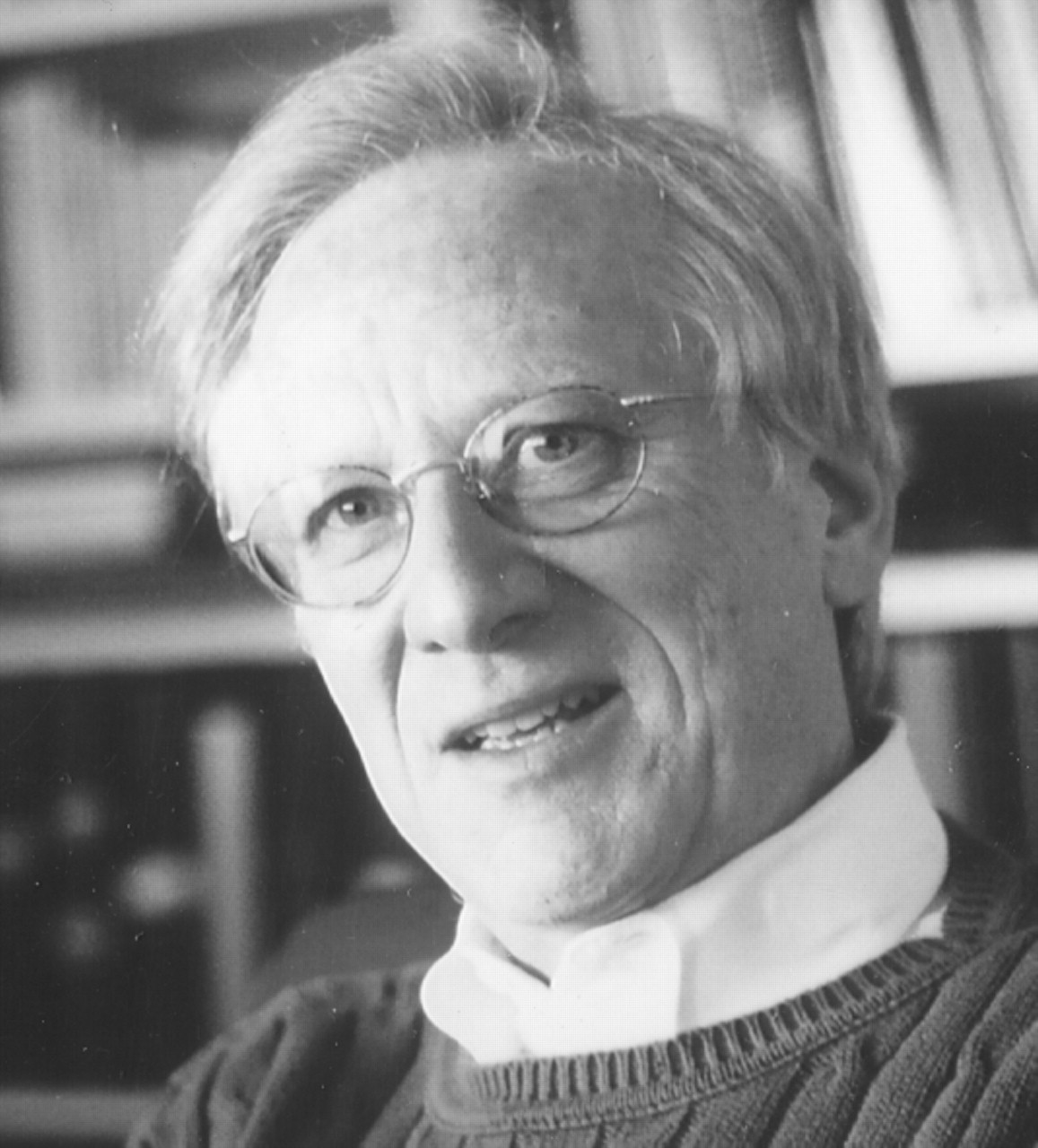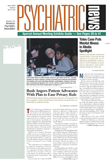Over the last five years I have been immersed in death and rebirth. The experience has forced me to hear stories of pain, to view scenes of wanton destruction and horror, and to confront my own reactions to desperation, hopelessness, and incredible resilience.
In this work, medical school and residency offer little in the way of knowledge or skills. The psychopharmacological armamentarium, sophisticated PET scans, and, especially, DSM-IV provide few tools to help us understand how people can go on with their lives after witnessing mass death or to assist them in this task.
Unfortunately, the on-the-job training required has no lack of laboratories or teachers, as my colleagues and I have learned as we engage in a process of trying to understand “ethnic cleansing” and to develop some comprehension of how those whose neighbors turned on them in a murderous rage can learn to live again with those who betrayed them.
Many in the mental health, legal, and diplomatic professions talk about reconciliation. We read and hear about “healing” and “closure” as though the wounds of genocide can be magically transformed into opportunities for personal growth.
In fact, we know little about the rebuilding of societies after war tears them apart and even less about the forging of a process of reconciliation when neighbors have slaughtered neighbors. Trying to make sense of these events is difficult, and in truth, no answers are found in traditional peace-building mechanisms, in restoration of the “rule of law,” or in conceptualizations of massive psychic trauma.
Last November I was in the central African country of Rwanda—a land of immense beauty. Yet, for those Americans who think about the country at all, Rwanda is a slaughterhouse—the scene of genocide and the murder of more than one million people in little more than 90 days. The profound discrepancy between images of people being hacked to death with machetes and this beauty provides a haunting backdrop as I talk to students, academics, people from the international nongovernmental organizations, and especially the farmers, shopkeepers, and those who struggle daily merely to survive.
I am struck by the gentleness and grace of the people. In the early morning, I walk along the road to Butare from the guesthouse where I am staying. Across the road I see four women wrapped in brightly colored cloth. Each of them has a baby strapped to her back, and I can see little heads emerging from the wrappings, like baby birds peeking over the edge of a nest. When they spy me, the mothers begin to chirp at me in Kinyarwanda, waving and smiling as they shout “Mzungu” (white man). I wave back, and immediately I am surrounded as they cross the divide and circle around me laughing. They want me to touch their babies. (Do I have some magical powers?) Then on they go, smiling and waving good-bye.
In a village school, the students are clapping loudly and chanting as four of their friends dance to the beat of the moving hands. The formality of their blue uniforms and the gray habits of the teaching sisters offer a sharp contrast to the exuberance with which they play the game. When they see a colleague and me approach, they stop suddenly and begin to giggle. With youthful energy, they all begin to wave. I wonder what happened to their families in 1994.
And finally, I go with some friends to a memorial site, an abandoned school, near Gikorongo. Here there are no stone monuments, no statues of generals on rearing horses, no cenotaphs with an everlasting flame. Inside, resting on tables, I see hundreds of skeletons—bones bleached white by lime. I see couples with their arms around each other; I see mothers and babies; I see little children, their arms flung over their faces (were they trying to blot out the horror before they died, or were they trying to protect themselves from the inevitable blows?). Some of the dead still wear shreds of clothing—odd pieces of civilization in a scene of primitive savagery.
Our guide takes us to a mass grave where there are 1,800 bodies. I look around and see the hills, the lush green of the fields, the blue of the sky, and I cannot fit the pieces together. We are silent in the car as we return to the university.
And so we struggle to make sense of reconciliation. The reality on the ground is often very different from the high-flown words of the peacemakers. Once again, I discover how similar we are across cultures—in aspirations, in mourning, and in trying to understand the past.
I conclude that there is no such thing as “coming to terms” with genocide or achieving “closure” after it. There is only the aching pain of lost communities and a life that no longer exists. Yet we continue to search for an understanding of slaughter—something that may be beyond understanding—and we look to see how those who are like us, and yet so different, go on. ▪

